India might have the second-largest population in the world, but that hasn’t stopped it from seeing a sharp decrease in the number of its religious population.
This is in contrast to the rest of South Asia, which has been seeing a rise in the number of religious people in those countries, which has led many to question why.
India’s Population Is Over 1 Billion
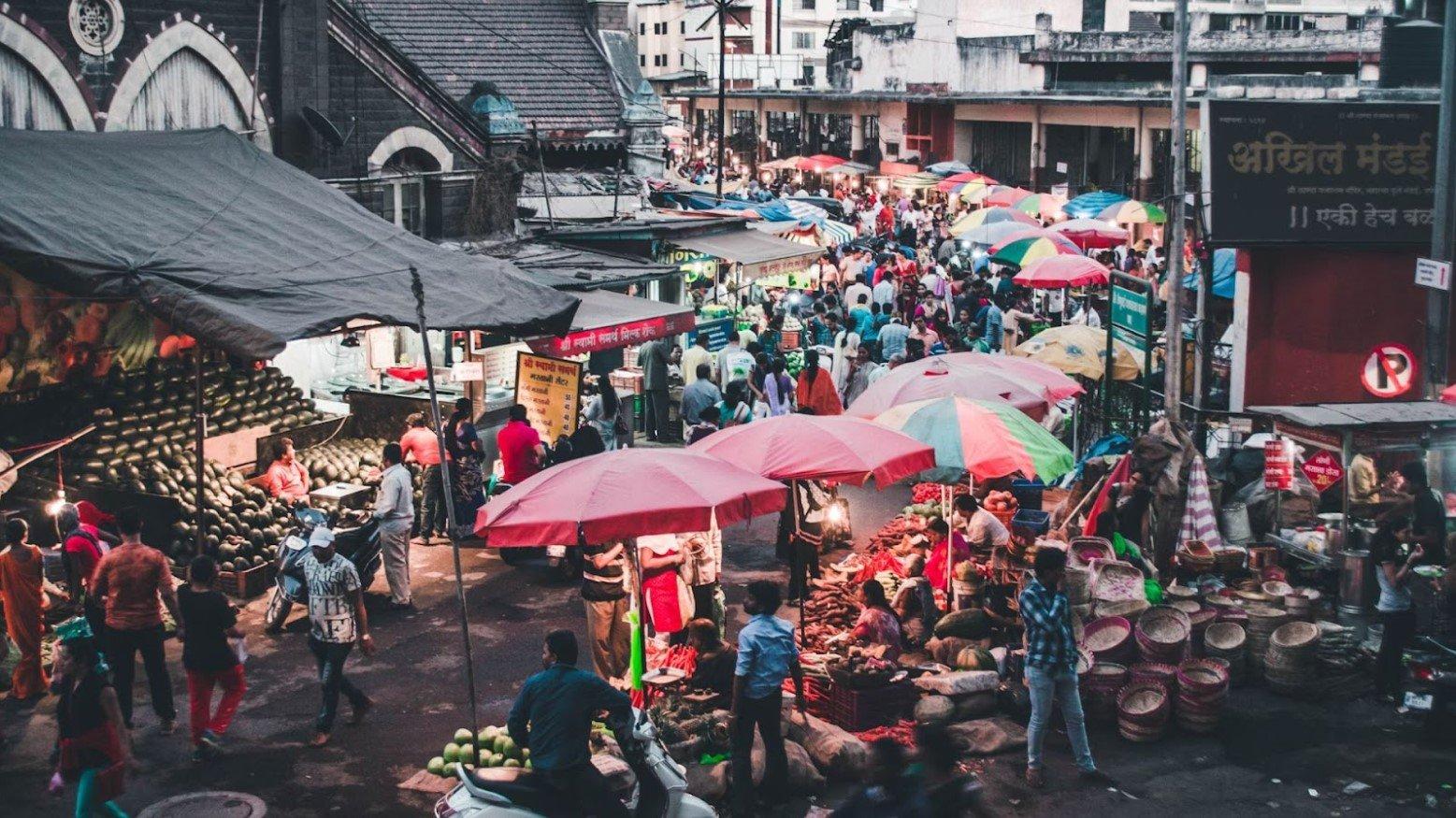
India has the second largest population in the world, having grown from less than 500,000 in the 1960s to over 1.43 billion in 2024.
India’s population is equivalent to 17.76% of the world’s population, with 36.3% living in urban areas.
India Has Seen a Sharp Religious Decline
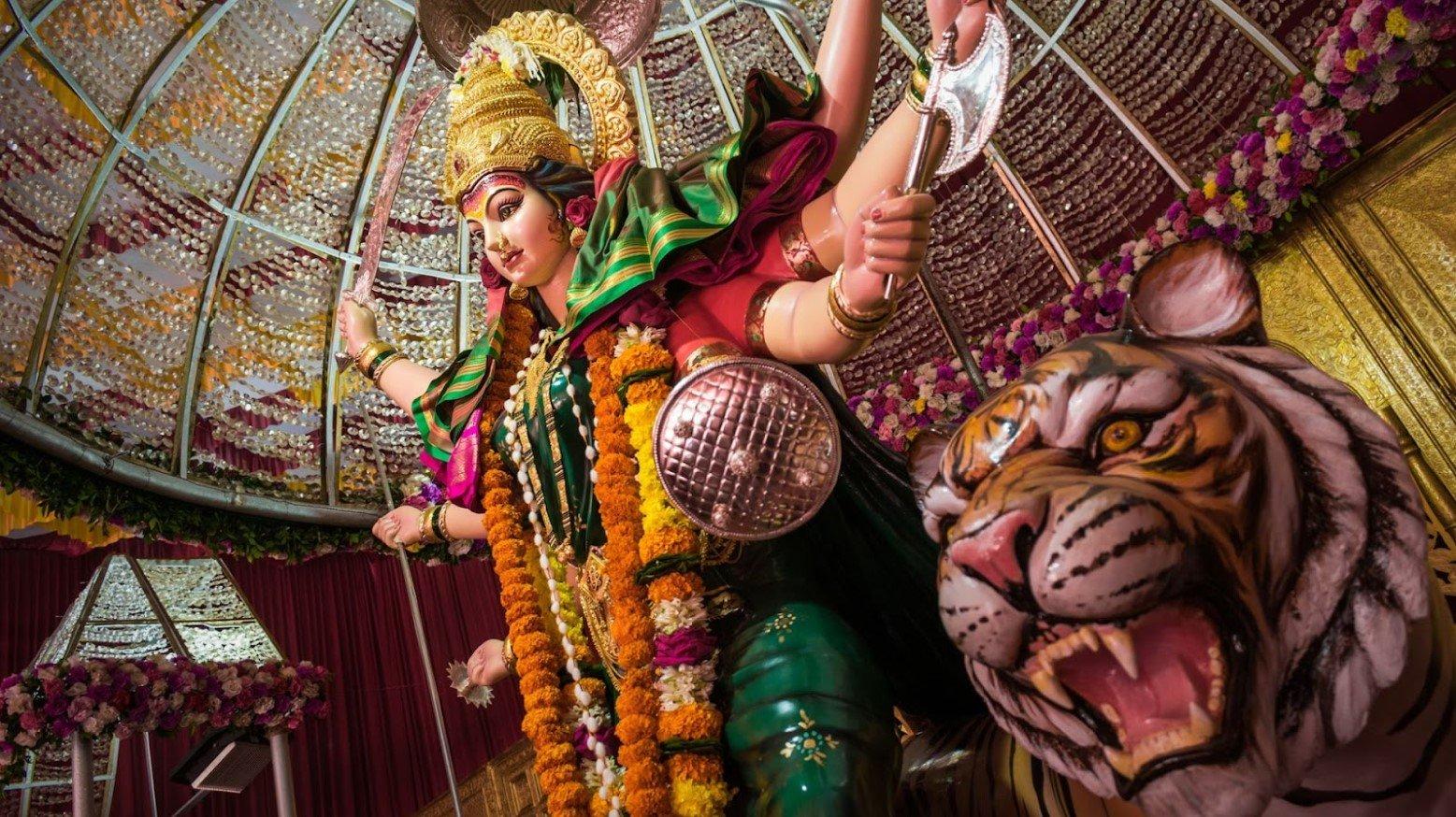
A report by the Economic Advisory Council to the Prime Minister looked into the religious populations across South Asia.
What they discovered was that India has seen a sharp religious decline, and their share of the majority religious denomination has gone down by 7.81%.
South Asian Countries’ Religion Has Increased
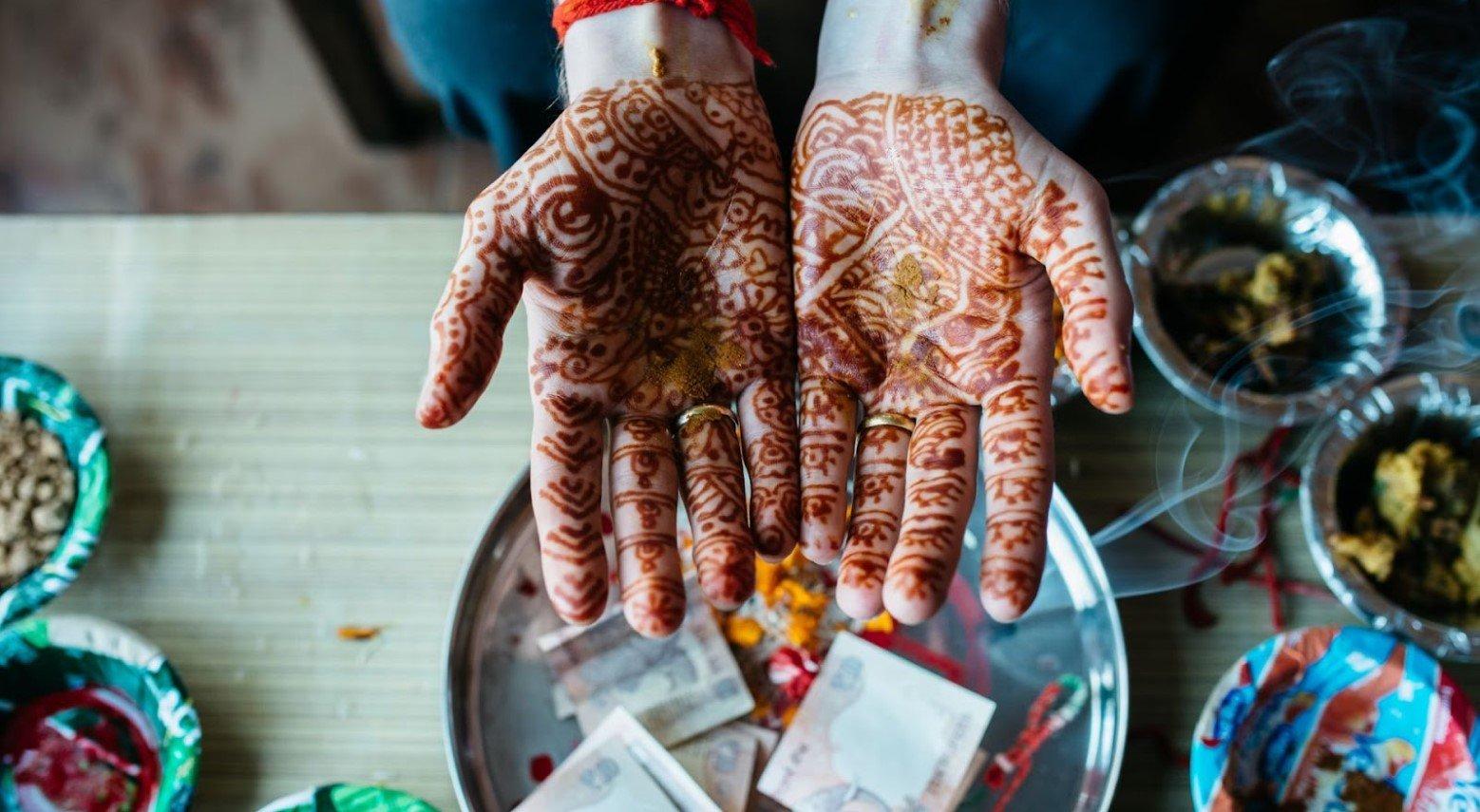
Despite India’s religious population declining, other South Asian countries have seen their religious populations increase.
This is in spite of the fact that minority populations have decreased across these countries, such as Bangladesh, Pakistan and Afghanistan, and people have left these countries to move to India.
Other Countries Have Seen a Religious Decline
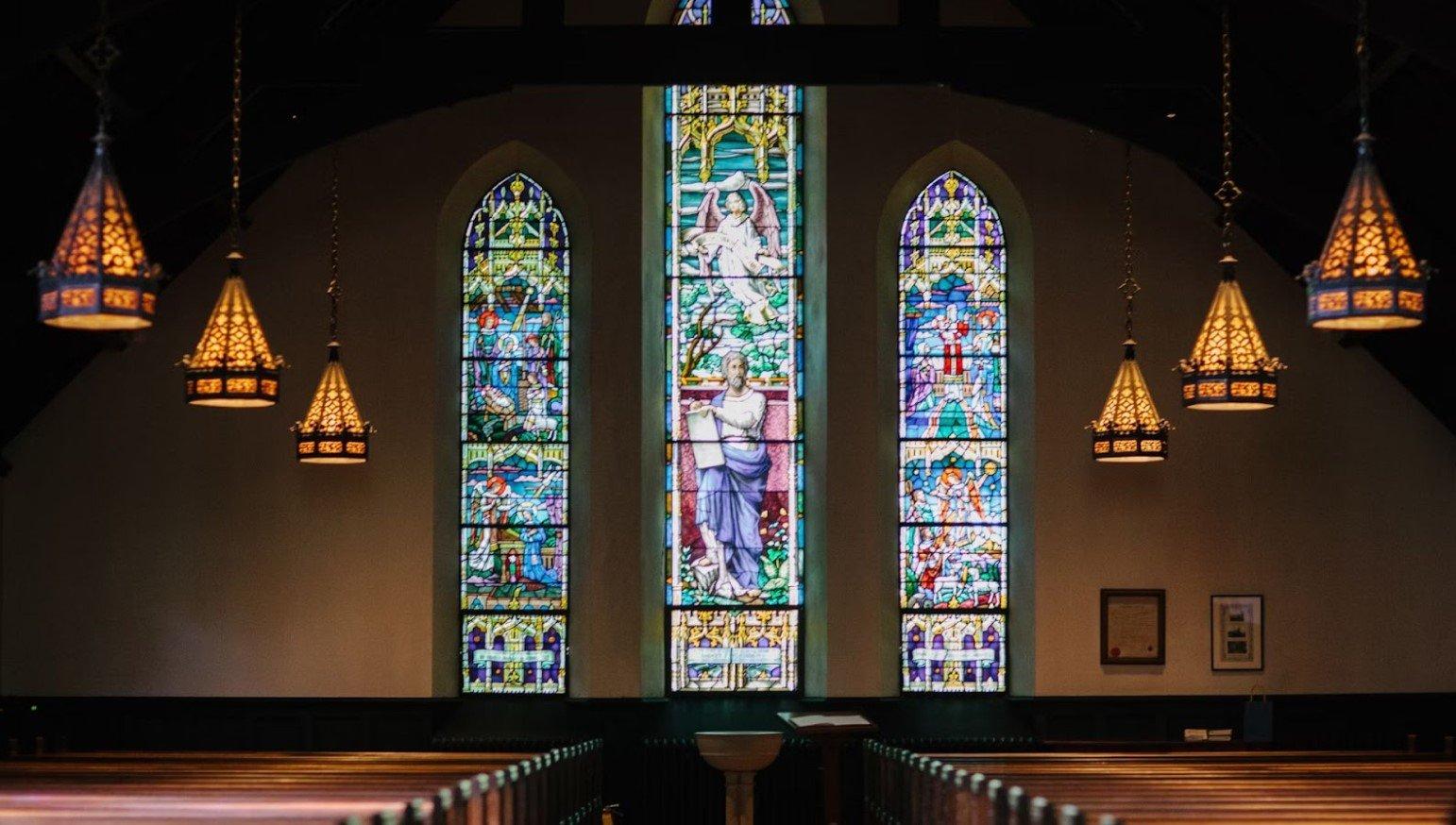
The situation in India isn’t unique. Many other countries worldwide have seen a decline in the number of people who consider themselves religious.
Roughly 3 in 10 US adults say they have no religious affiliation, and about half of these say they identify as either atheist or agnostic.
Non-Religious Indians Stay Quiet
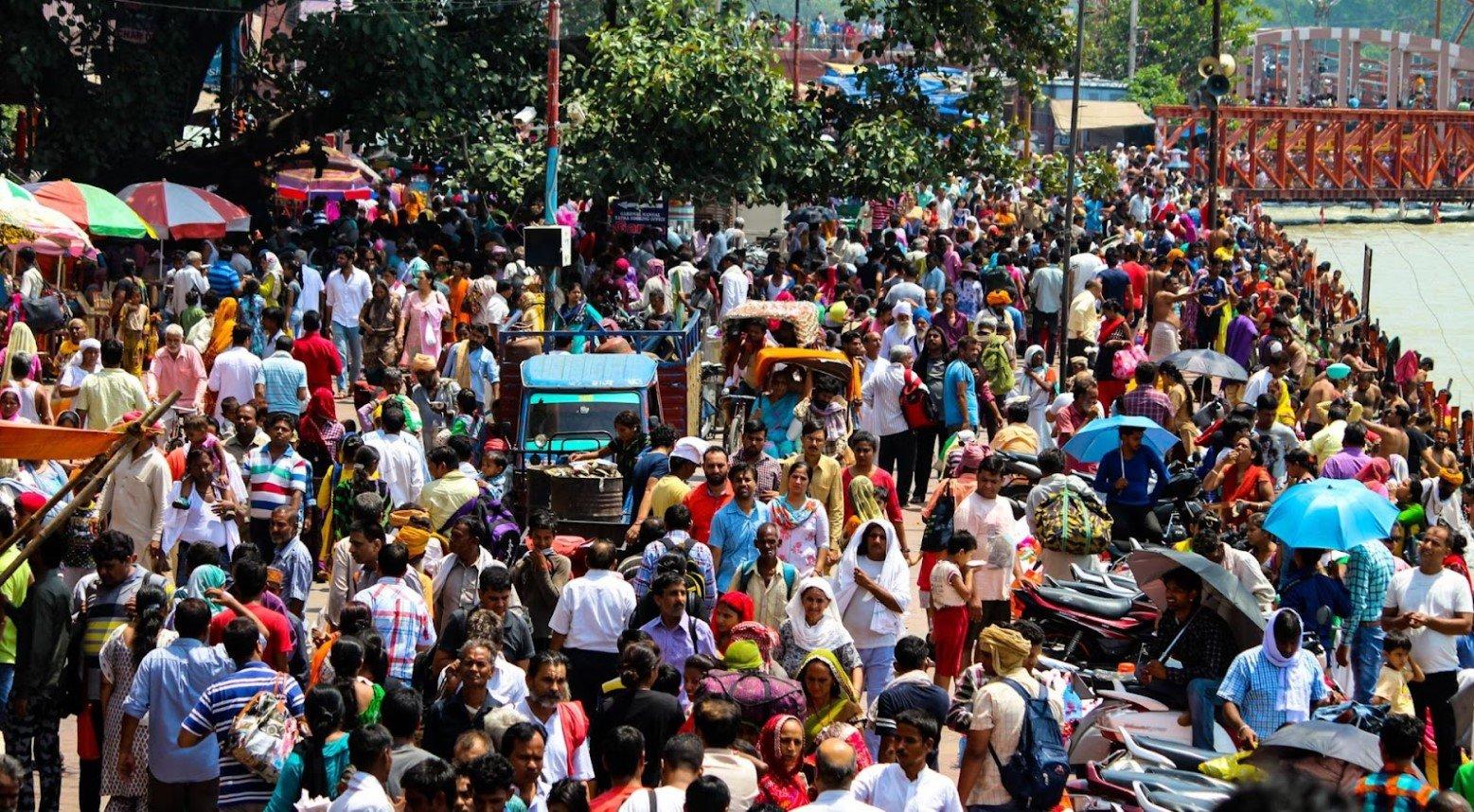
India has quite a long history with the number of its population who don’t have any religious affiliation, but those people feel that they have to stay quiet.
There has been a rise in Hindu nationalism in India, and as such, many who don’t identify as religious stay quiet as they are scared of what will happen if they speak out.
India Is a Country of Particular Concern
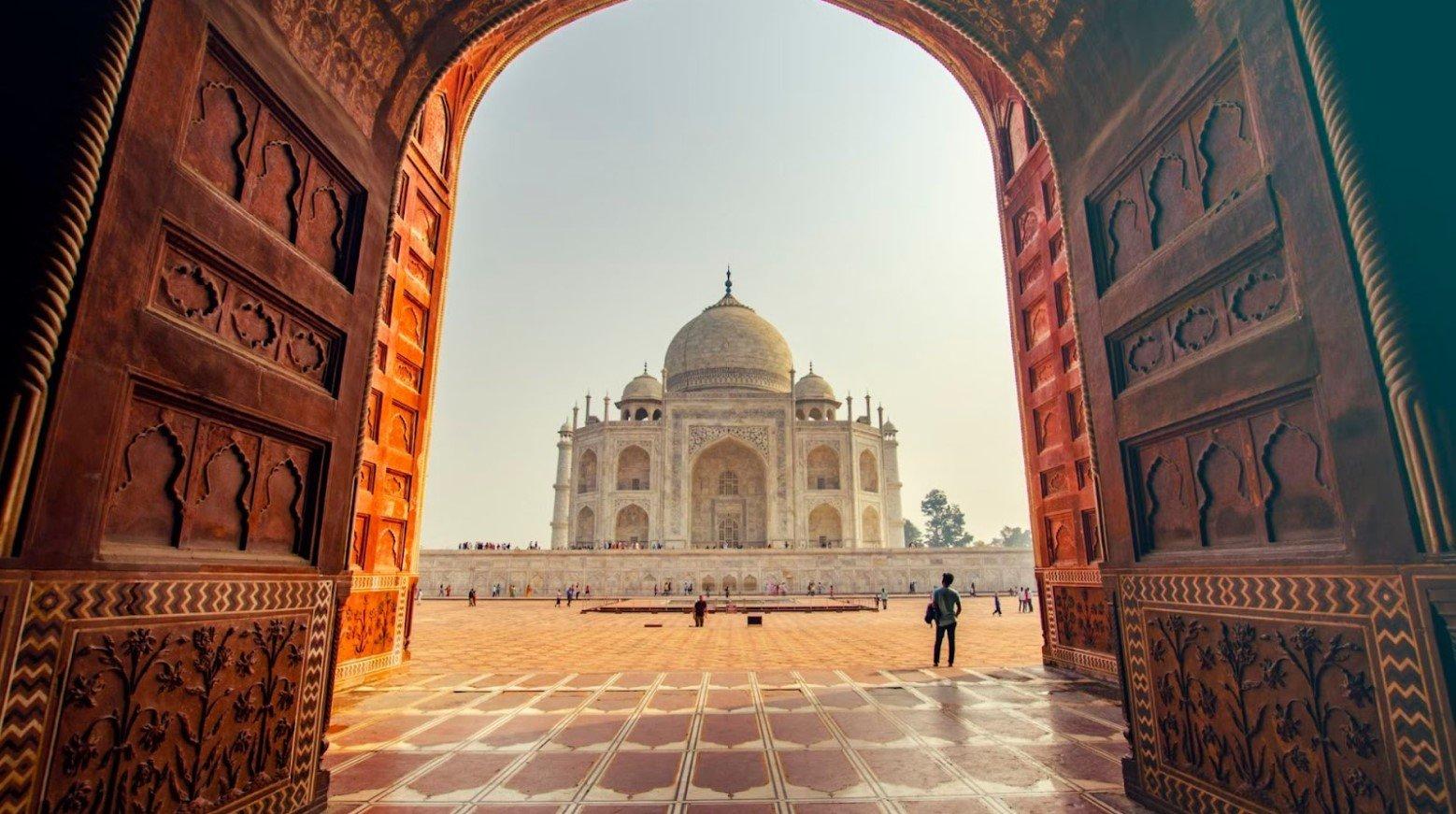
Due to the increase in Hindu nationalism in India, a U.S. report has labeled India among 16 other countries as being countries of particular concern.
India was placed on this list due to its “severe violations of religious freedom” by trying to force its population to become Hindu and leaving many afraid to speak out against it.
Muslims Are Moving to India
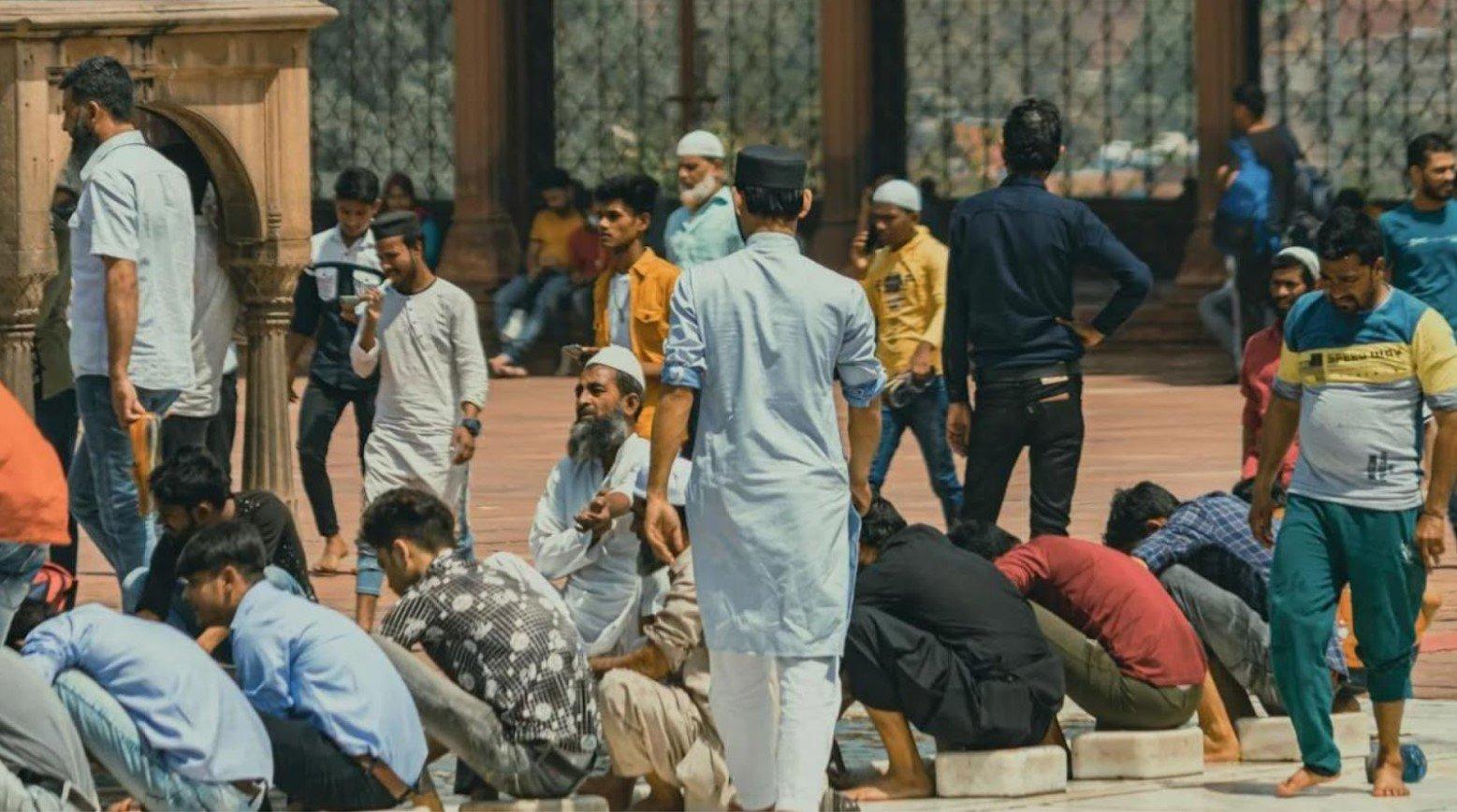
Despite the majority of those who are religious in India identifying as Hindu, there has been a rise in the number of Muslims who have moved there.
However, Muslims are the largest religious group living in India and are more likely to leave there in favor of living in another country.
Religion Switching in India Is Rare

It is pretty rare for people in India to switch religions. For example, 99% of those who were born Hindu still identify as being Hindu.
Anyone who does switch religions tends to cancel each other out. For example, 0.7% of those born Hindu are now non-religious, and 0.8% who were born non-religious are now Hindu.
Religion in India in 2050

There have been some predictions about what religion will look like in India by 2050, including the types of religions in the country.
It has been predicted that while the majority of religious people living in India will be Hindu, India will also have the largest Muslim population of any country by 2050.
The Hindu Population Will Grow
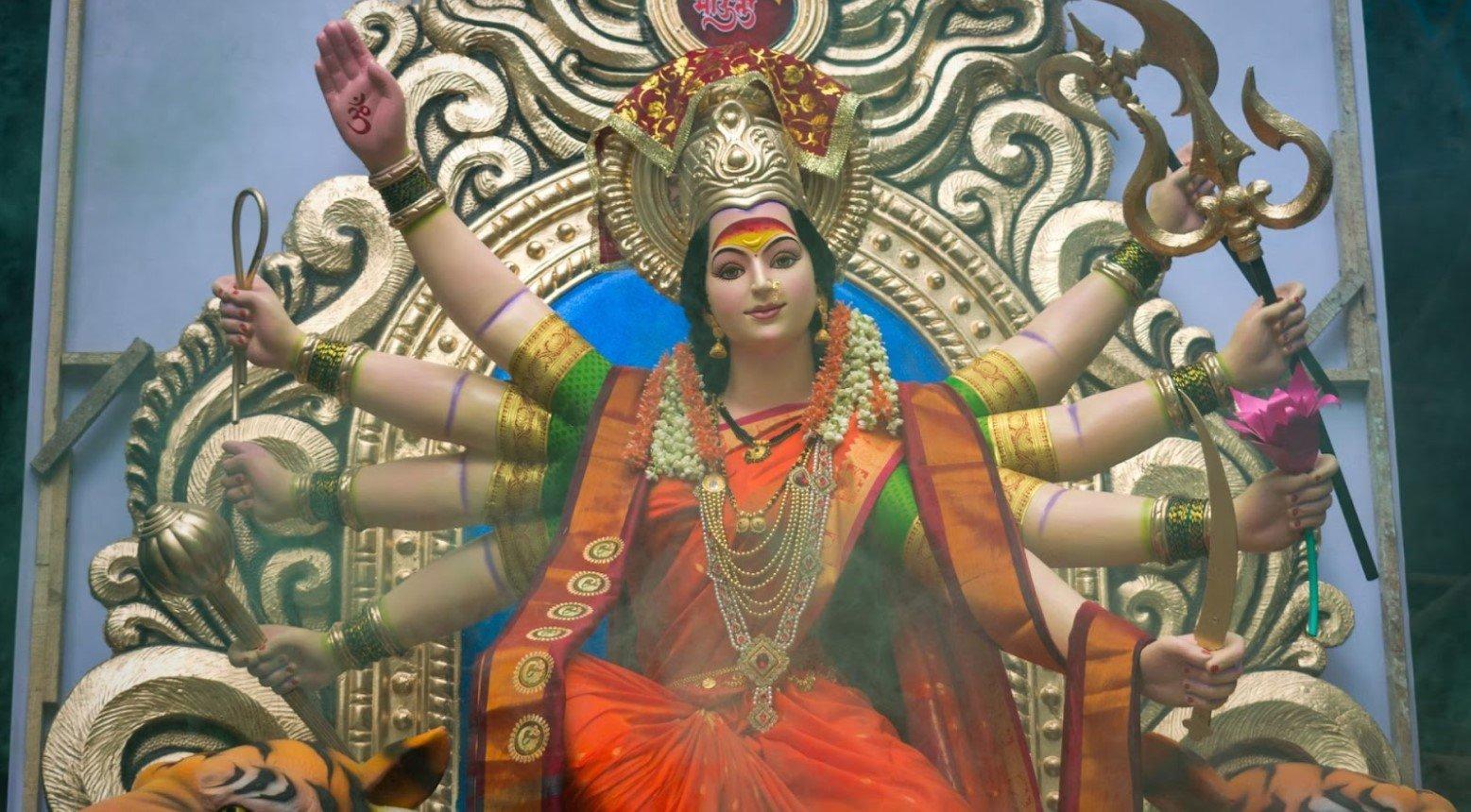
Despite India’s 7% decrease in religious population, it is believed that the Hindu population will have grown by 2050.
It will grow from 1 billion in 2010 to 1.3 billion in 2050. However, this is only predicted to make up 14.9% of the world’s population by 2050, with Christians believed to be the highest population at 31.4%.
Hindutva Over Secular Democracy
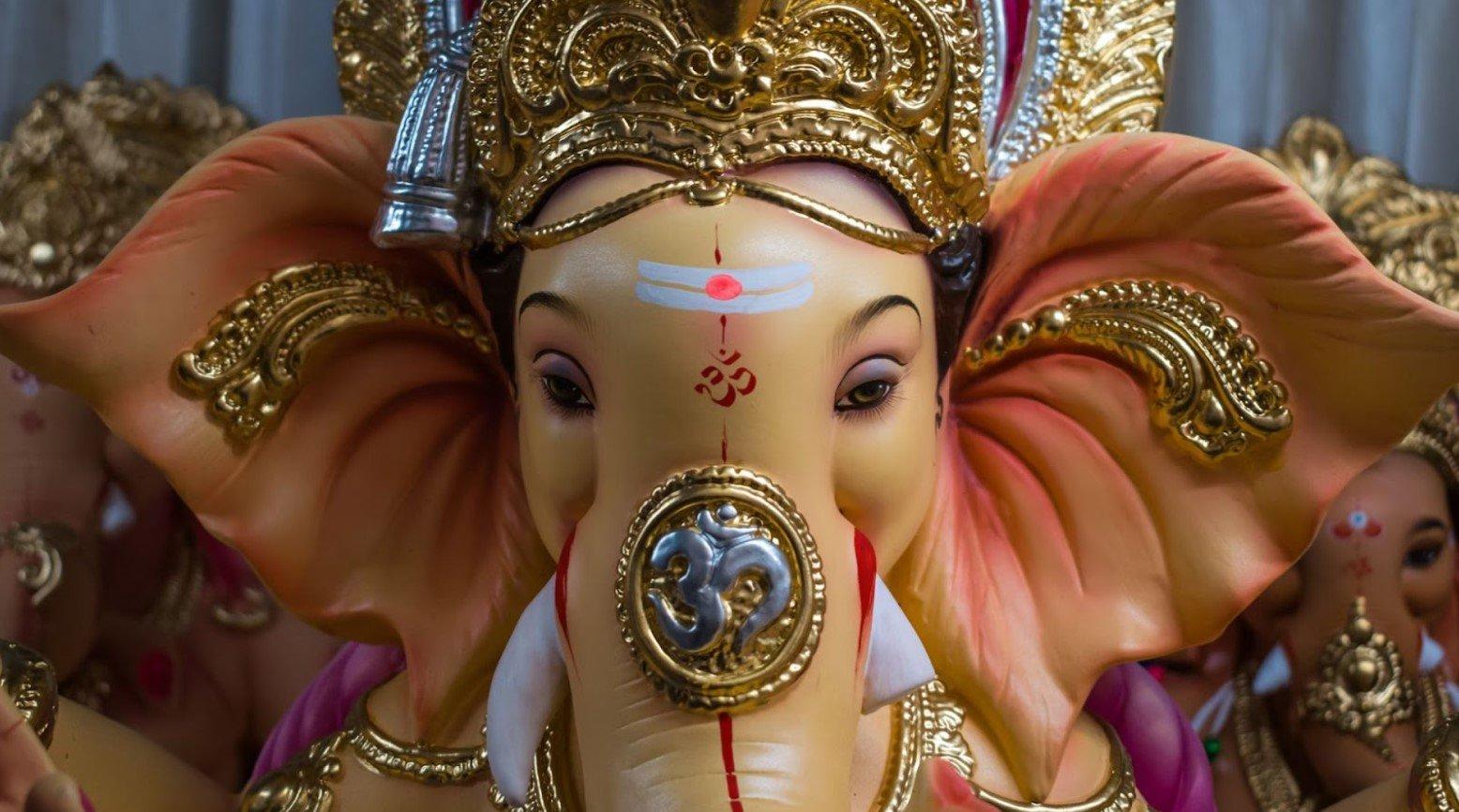
Hindutva is Hindu nationalism, which is currently very prevalent in India and has left many Hindutva supporters attacking secular democracy, leaving those with other religious affinities frightened of what their rights are.
With India seeing this decrease in its religious population, it is unknown how Hindutva supporters will take this news and what this will look like for religious and political groups, as well as society.

